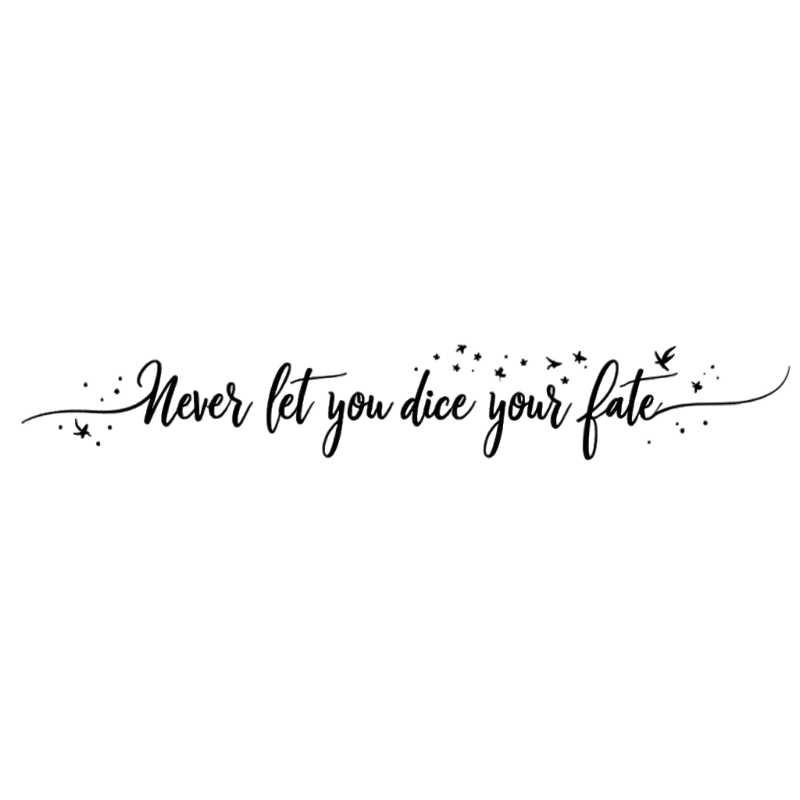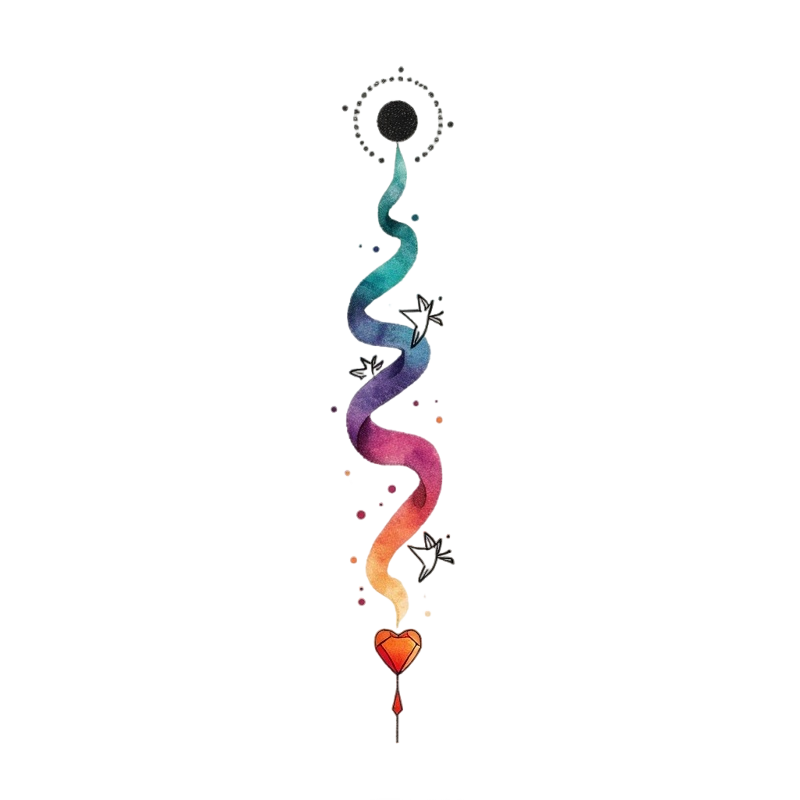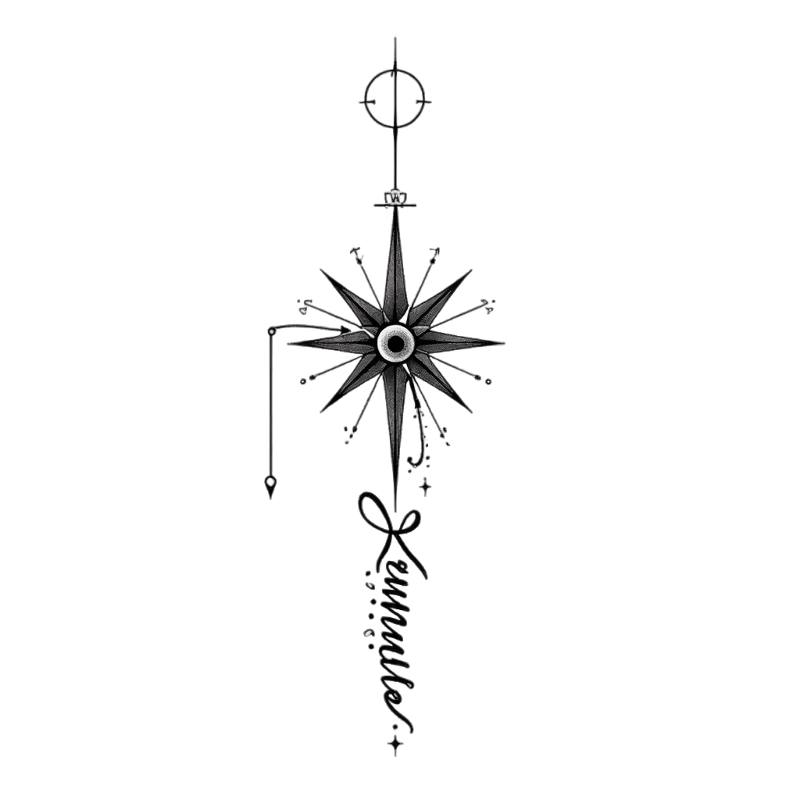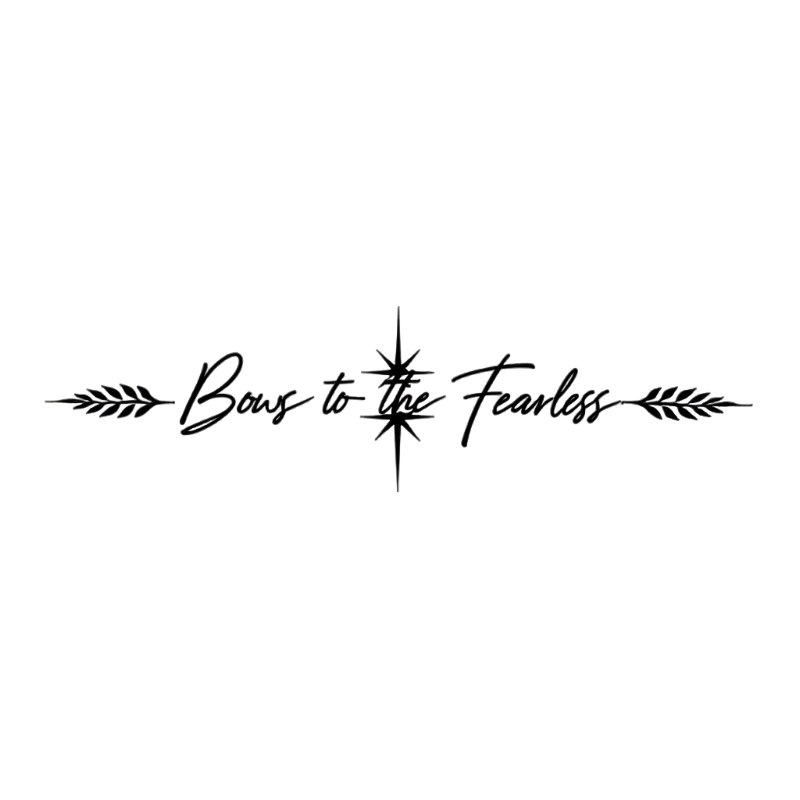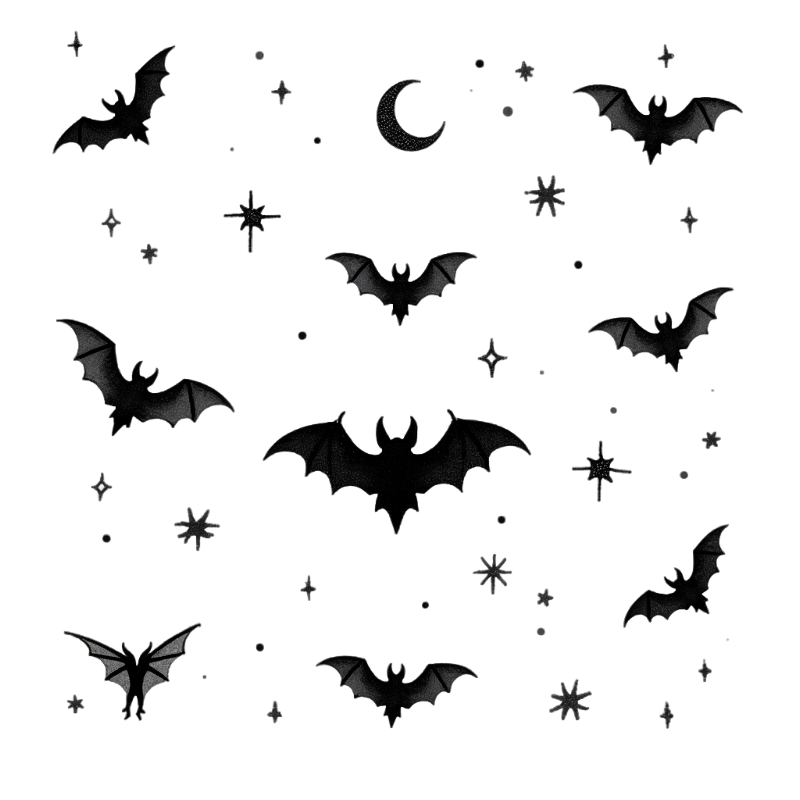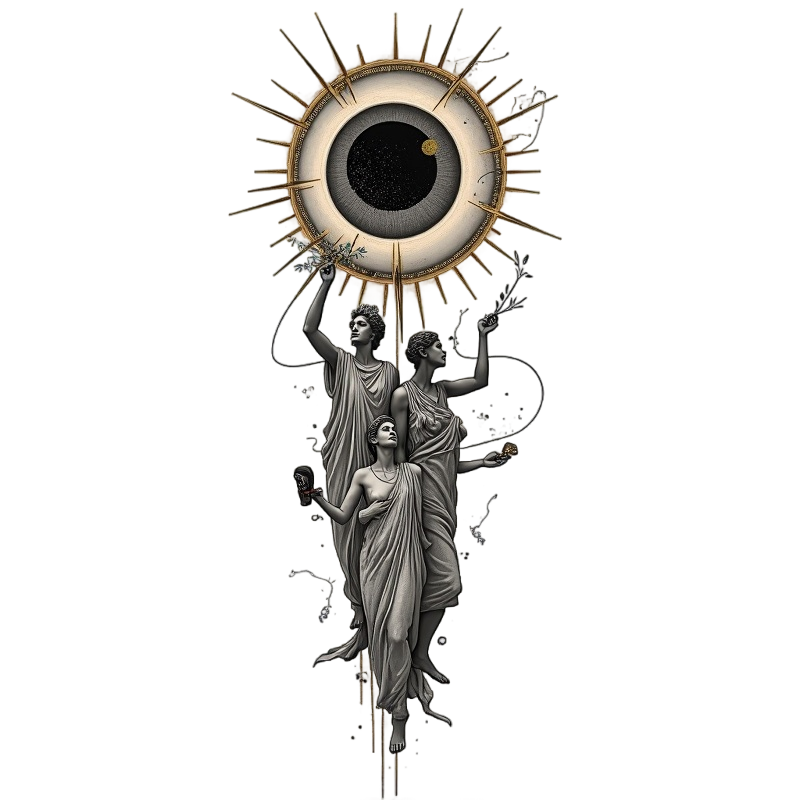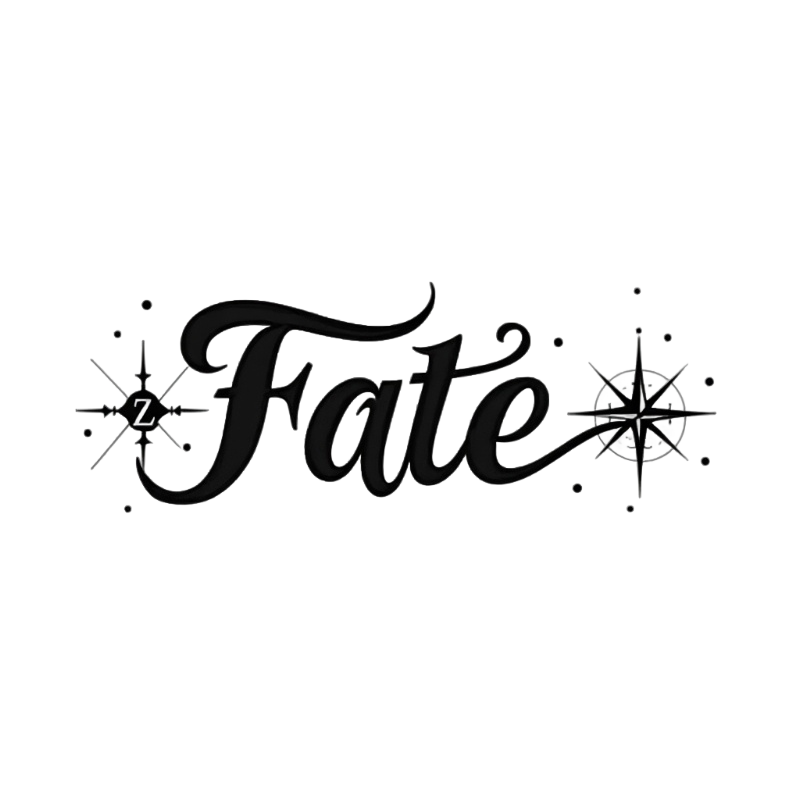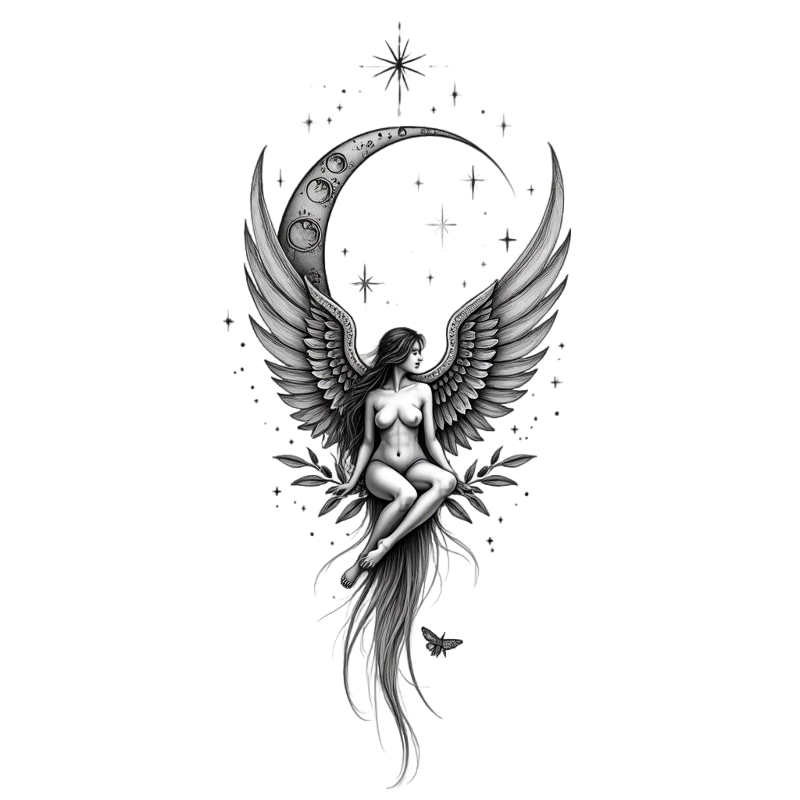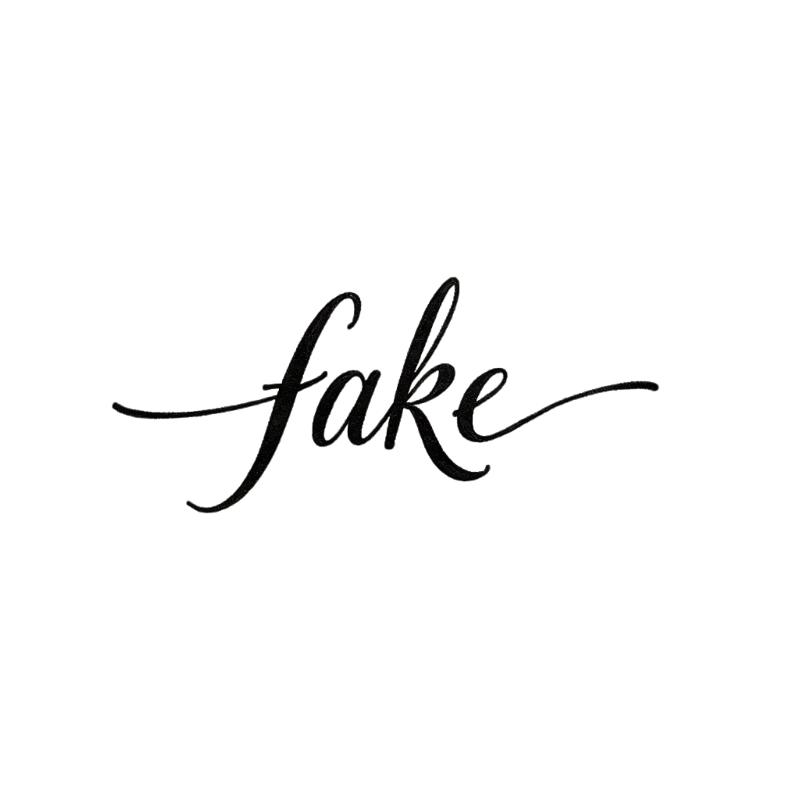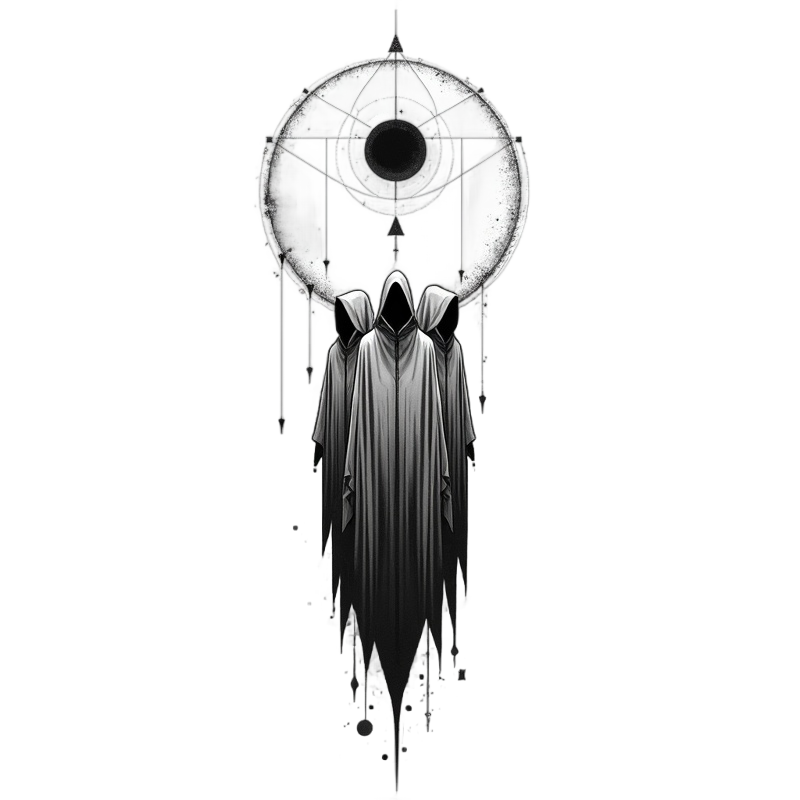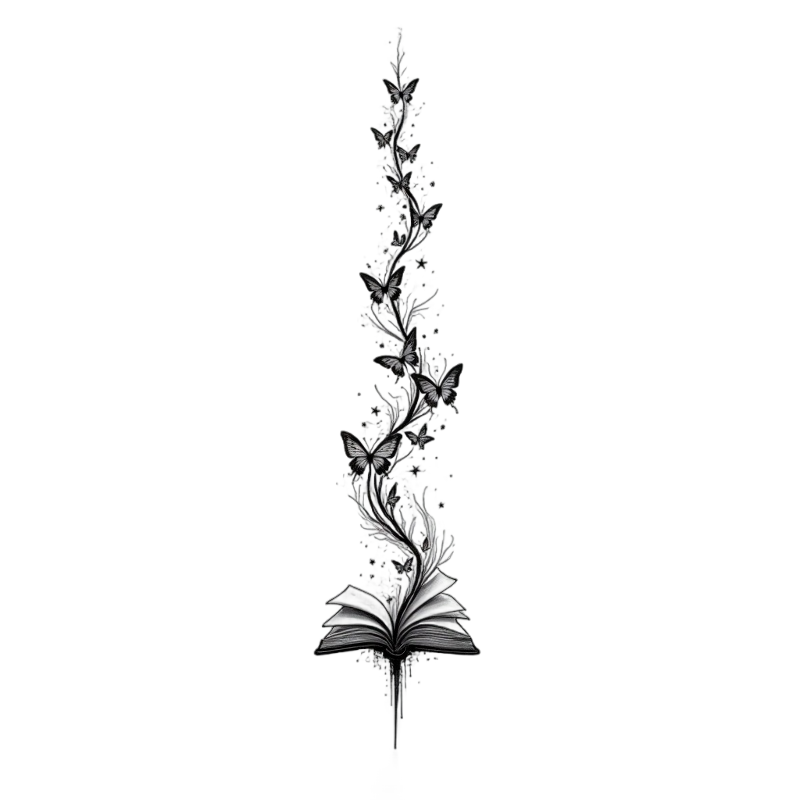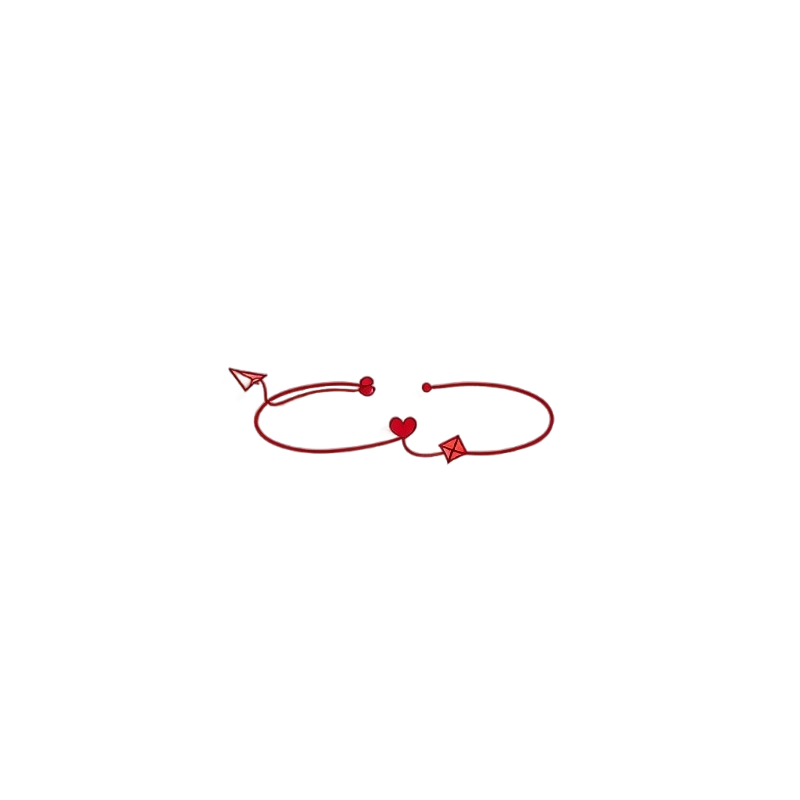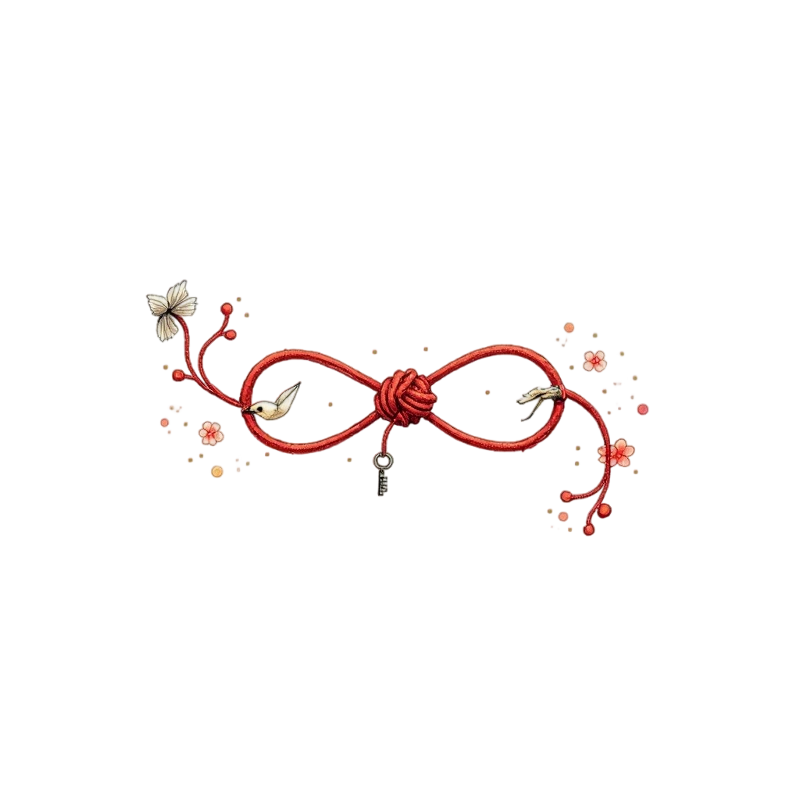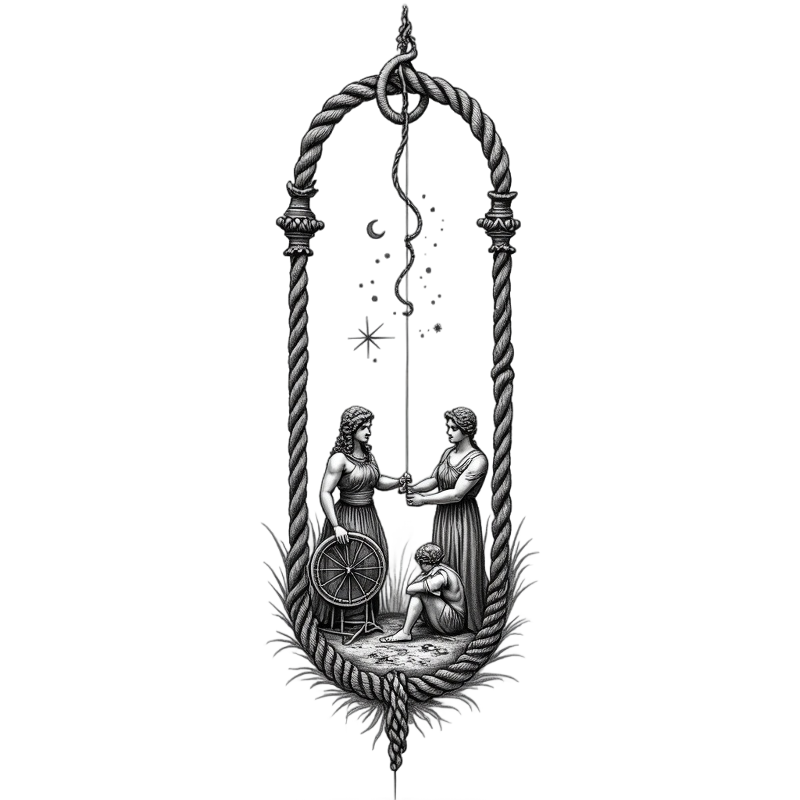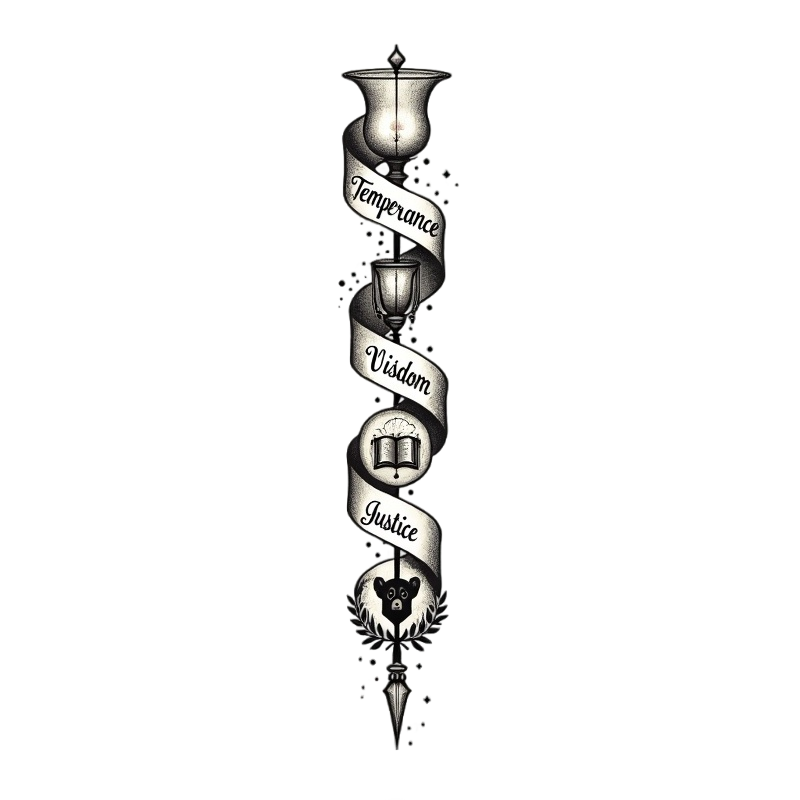Fate Tattoo Ideas, Designs and Meaning
Meaning of Fate Tattoos
- Common Meaning: A "fate tattoo" often symbolizes the belief in destiny and the idea that certain events in life are predetermined or meant to happen.
- Cultural Meaning: In various cultures, fate is seen as a guiding force that shapes one's life path, often depicted through symbols like the Fates in Greek mythology or the concept of karma in Hinduism and Buddhism.
- Historical Significance: Historically, the concept of fate has been explored in literature and philosophy, with many ancient civilizations attributing life's outcomes to the will of the gods or cosmic forces.
- Symbolism: Common symbols associated with fate tattoos include the three Fates from Greek mythology, the wheel of fortune, or the ouroboros, each representing the cyclical nature of life and destiny.
- Gender and Style: Fate tattoos are popular among all genders and can be designed in various styles, from minimalist line art to intricate, detailed pieces, often placed on the forearm, back, or chest.
- Personal Interpretation: Many individuals choose fate tattoos to express personal beliefs about life's journey, embracing the unknown and accepting the twists and turns of their personal narrative.
- Modern Context: In contemporary settings, fate tattoos can also signify resilience and the acceptance of life's unpredictability, serving as a reminder to trust the process and embrace one's path.
2,209 Tattoo Ideas
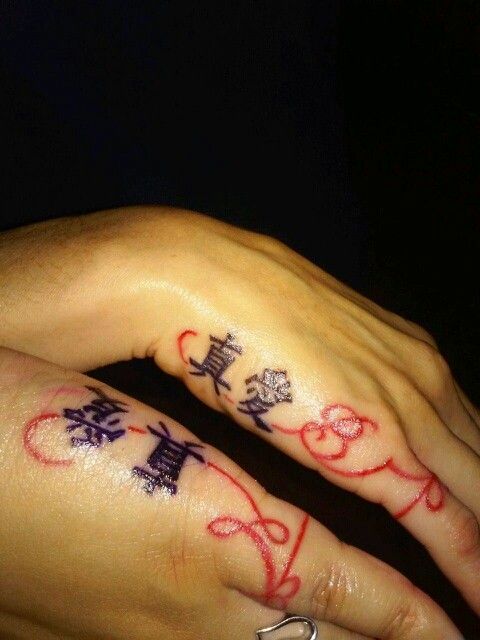

Bri and I's tattoo, red string of fate with true love in chinese and our initials!
Selection from Pinterest


Small tattoos with meaning | Amor Fati aka Love of Fate
Selection from Pinterest
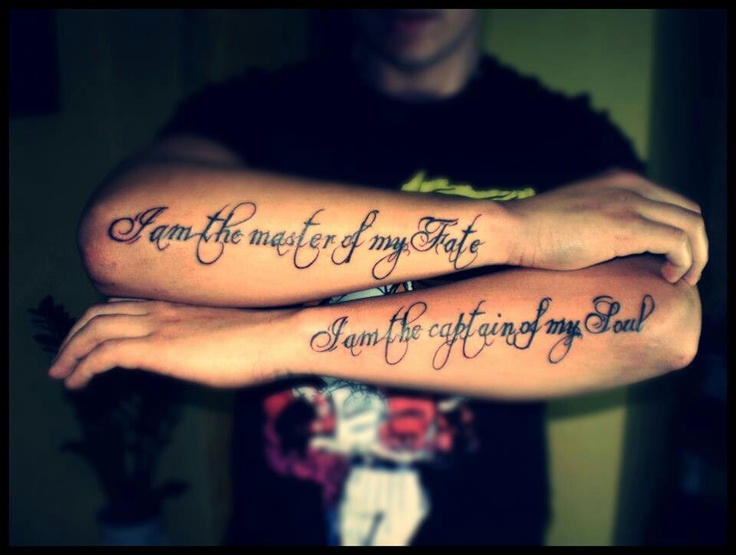

I am the master of my Fate I am the captain of my Soul
Selection from Pinterest


Pin by Paloma Tessaro on TATUAGENS/PIERCING | Amor fati tattoo, Tattoos, Fate tattoo
Selection from Pinterest


Never let your fear decide your fate" done by Josh at Elm Street Tattoo in Dallas, TX
Selection from Pinterest
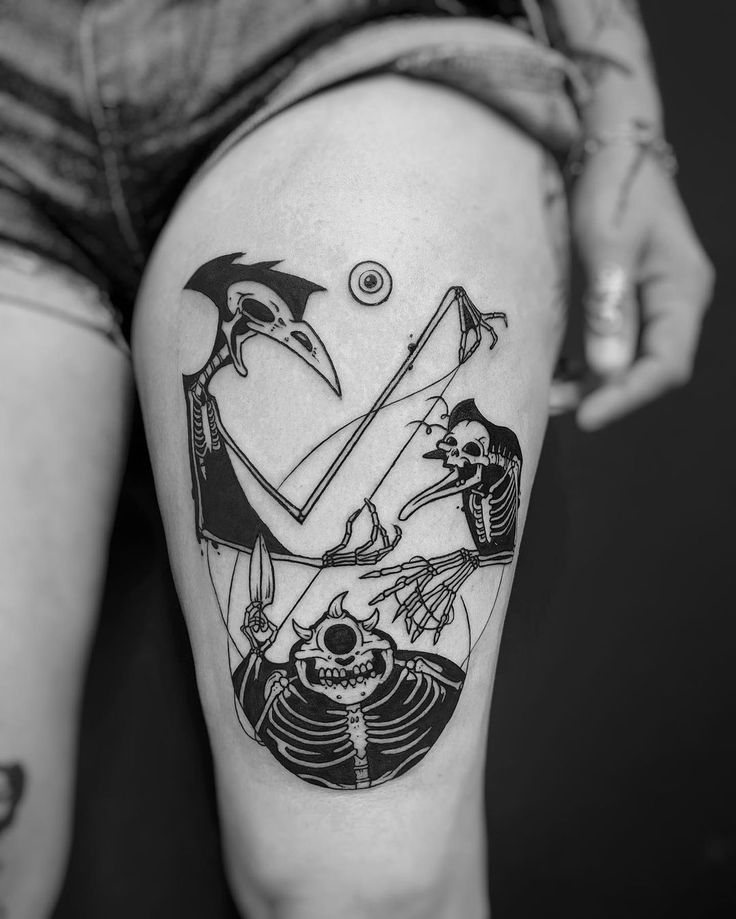

Roy Veksler on Instagram: “The Fates ✂️ #Hercules #TheFates #BlackTattoo • Done on June 4th” |
Selection from Pinterest
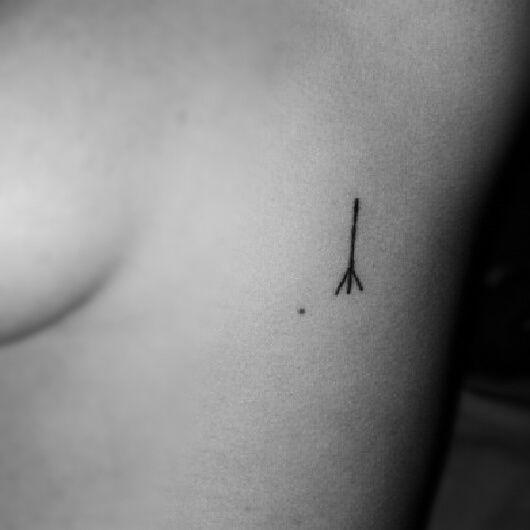

A symbol of fate or destiny. Wyrd is an Old.
Selection from Pinterest
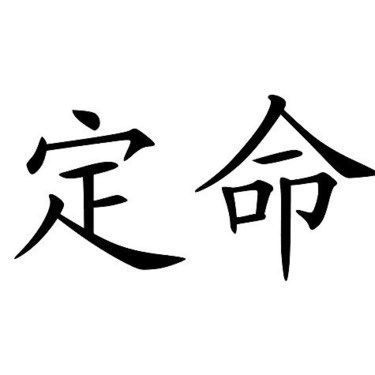

Fate Symbol Tattoo Design
Selection from Pinterest


Pin by Sarah Swett on Tattoos that I love | Tattoos, Fate tattoo, Small tattoos
Selection from Pinterest
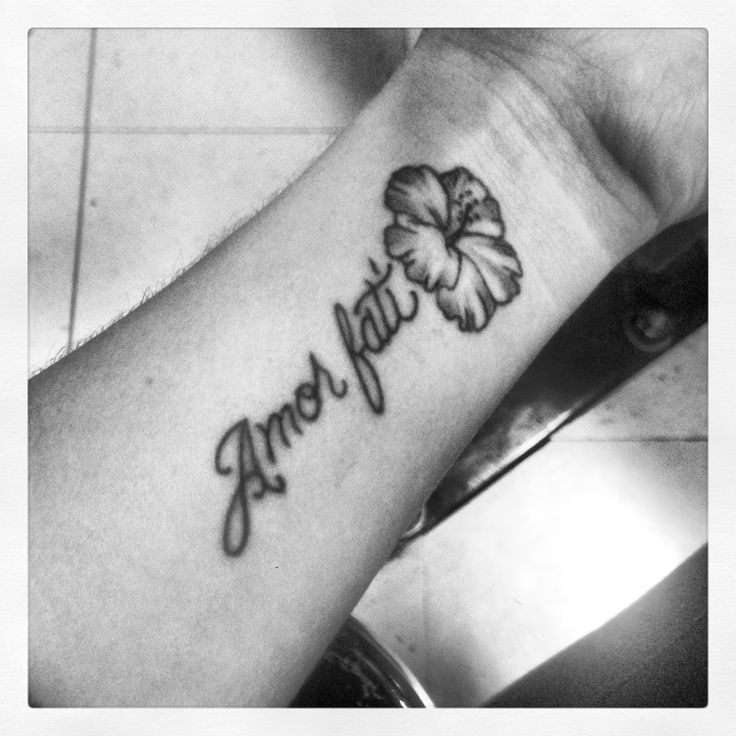

Amor fati. Love your fate. Tattoo love.
Selection from Pinterest
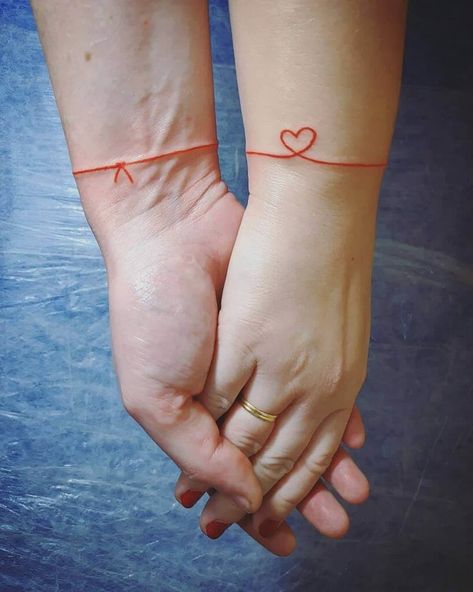

Red String Fate Tattoo
Selection from Pinterest
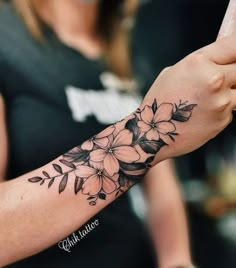

Discover 7 Tattoo and Red Threat of Fate Tattoo Ideas | matching best friend tattoos, cute evil eye tattoo, just breathe tattoos for women ribs and more
Selection from Pinterest


Destiny Word Tattoo Idea
Selection from Pinterest
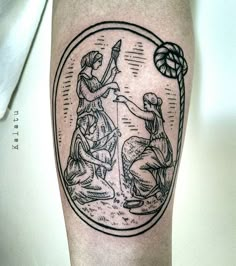

Discover 16 Tattoo Ideas and Three Witches Greek Mythology Ideas | fate tattoo, three graces, gustave dore and more
Selection from Pinterest
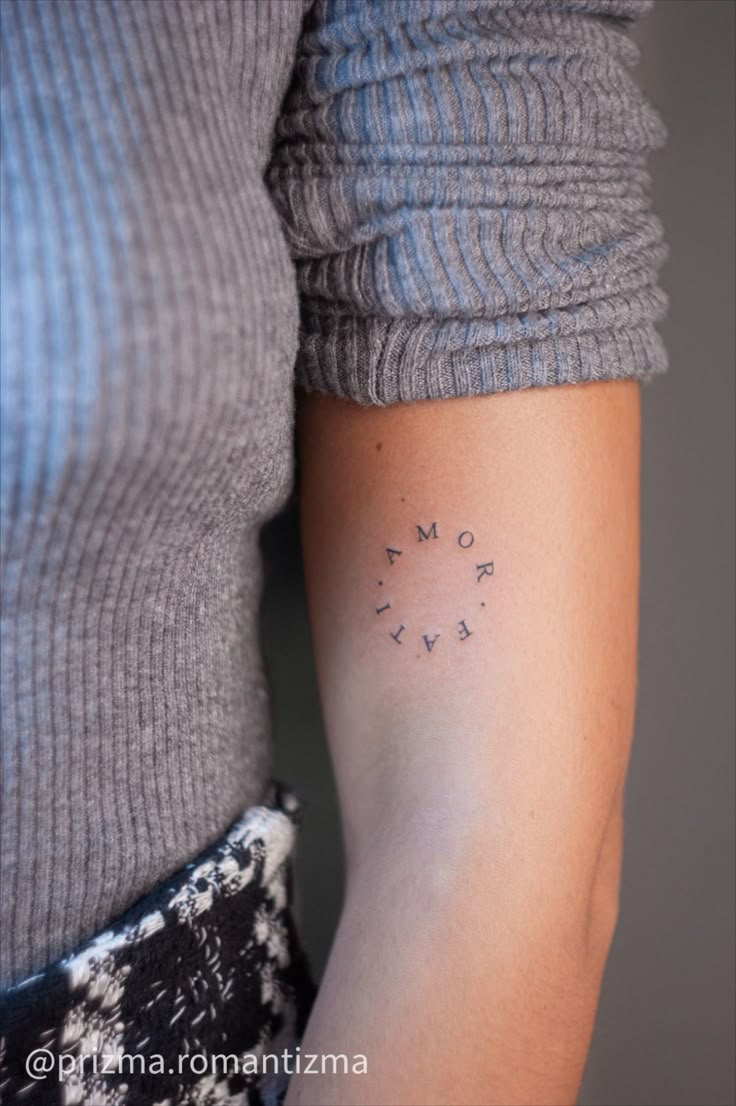

Amor Fati: Embracing Fate in a Circular Tattoo. mini tattoo. Тату надпись в виде круга Tattoo inspo
Selection from Pinterest
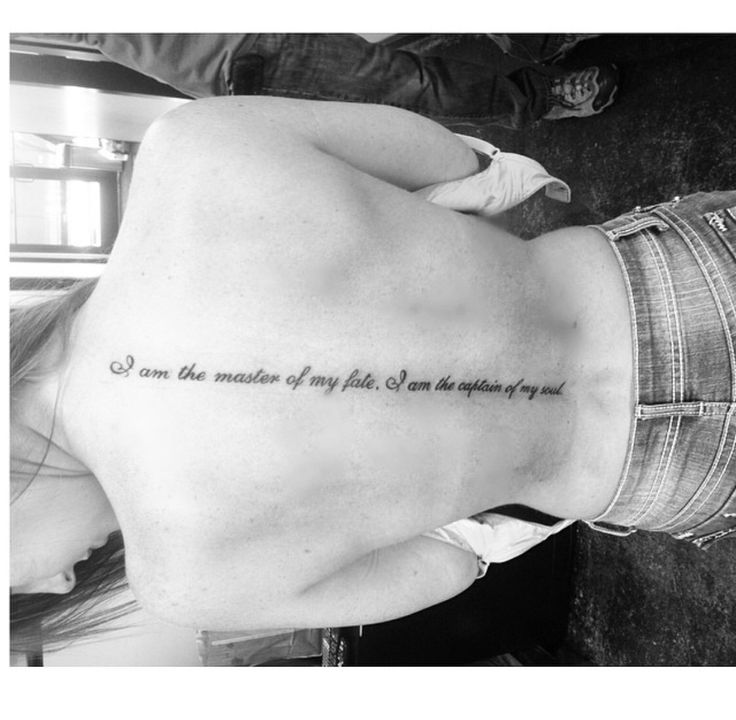

Pin by Emily Reed on Tattoos | Spine tattoo, Faith tattoo on wrist, Tattoo script
Selection from Pinterest


Discover 36 Left Arm and Fate Tattoo Ideas | greek mythology tattoos, witch tattoo, larkspur flower tattoos and more
Selection from Pinterest
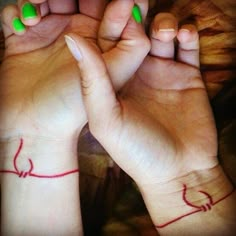

17 Best Red string tattoo ideas | red string tattoo, red string of fate, fate tattoo
Selection from Pinterest
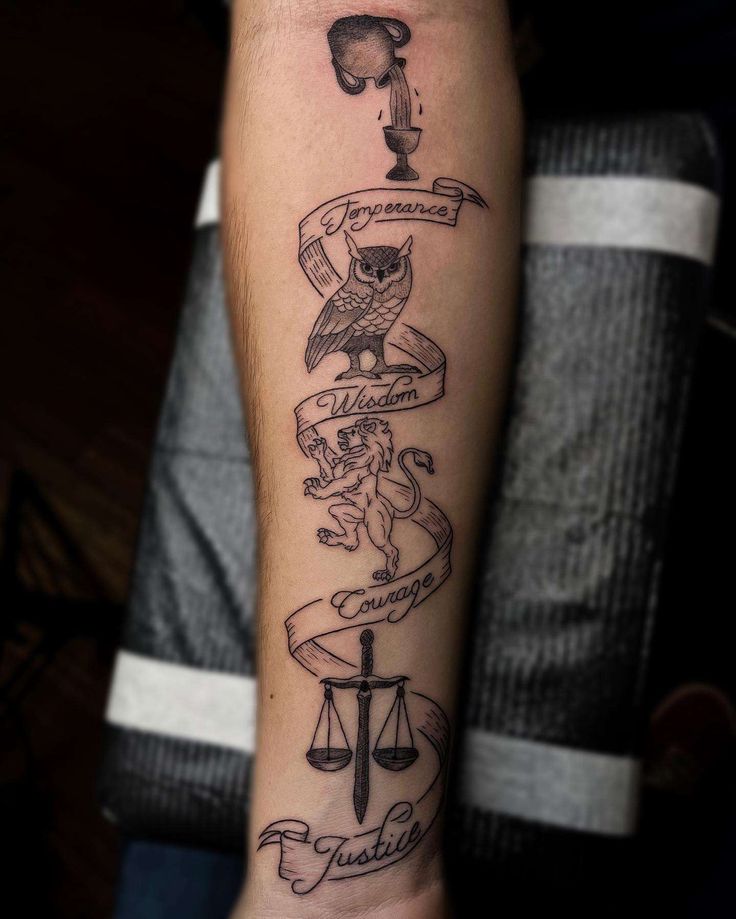

Self Tattoo
Selection from Pinterest
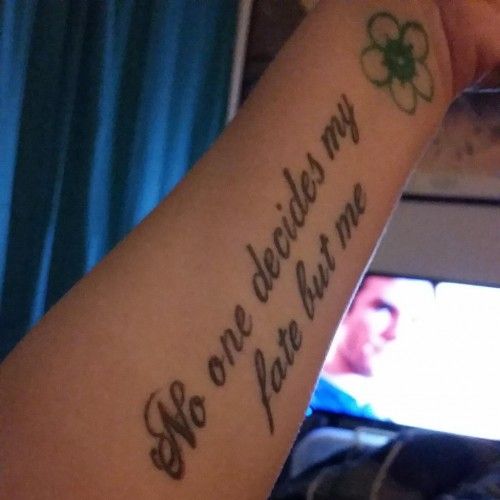

Nerdist | Time tattoos, Tattoo shows, Old tattoos
Selection from Pinterest


Discover 96 Fate Tattoo and Warrior Quotes Ideas | great quotes, deep thought quotes, viking quotes and more
Selection from Pinterest
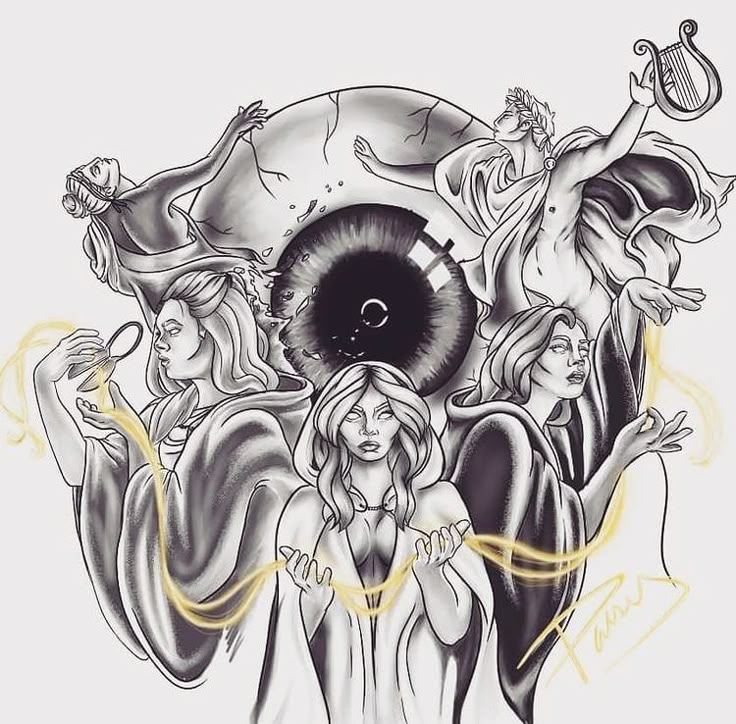

Sisters Of Fate⌛️
Selection from Pinterest
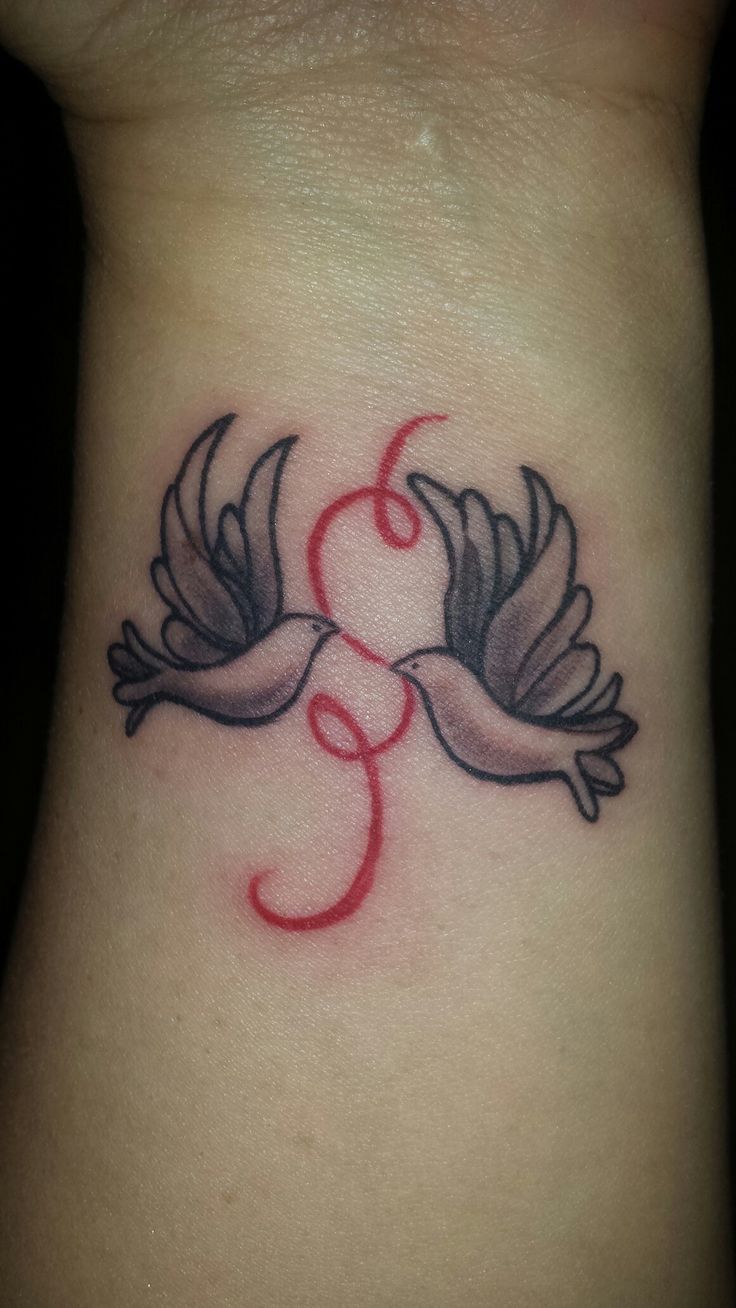

Pin by Courtney Robinson Porter on Tattoos I like | Red string tattoo, Wrist tattoos, Small
Selection from Pinterest
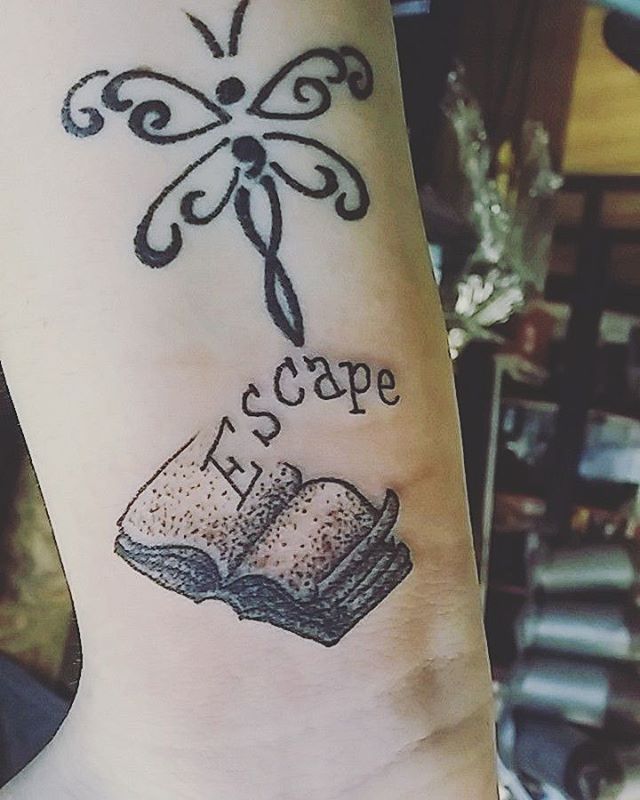

48 Unique Book Tattoo Ideas for Girls: Inspiration & Designs
Selection from Pinterest
One App to Store All Your Tattoo Ideas
Store your tattoo ideas in one place and Virtual Try-On them on your body!

Avoid Regrets with 3D Virtual Try-On!
Do a 3D Virtual Try-On to see how your tattoo design looks like on your body before you get it tattooed. Powered by Tatship's AI and 3D technology.



Cultural Considerations and Taboos for Fate Tattoos
While fate tattoos are generally well-received, it's important to be mindful of cultural sensitivities. In some cultures, the concept of fate may be seen as fatalistic or contrary to the belief in free will. For example, in certain religious contexts, the idea of fate might conflict with the belief that individuals have the power to shape their own destinies through their actions and choices. Additionally, using specific symbols like the Moirai or Norns without understanding their cultural significance could be seen as cultural appropriation. It's crucial to approach such tattoos with respect and awareness of their deeper meanings.
Popular Tattoo Styles and Variations for Fate Tattoos
Fate tattoos can be rendered in a variety of styles, each offering a unique interpretation of the concept. Realism is a popular choice for depicting mythological figures like the Moirai or Norns, capturing intricate details and expressions. Minimalist designs might feature simple symbols like a thread or a wheel, focusing on clean lines and subtlety. Script tattoos featuring the word 'fate' can be done in elegant calligraphy or bold typography, depending on personal preference. Other styles include traditional, neo-traditional, and illustrative, each bringing a different aesthetic to the representation of fate.
Historical Origins and Evolution of Fate Tattoos
The historical significance of fate as a concept is deeply rooted in ancient mythologies and philosophies. In Greek mythology, the Moirai were three sisters who determined the fate of every individual, symbolizing the inescapable nature of destiny. Similarly, in Norse mythology, the Norns were believed to weave the destinies of gods and humans alike. These mythological figures highlight the ancient belief in a predetermined path, a theme that has persisted through centuries and continues to influence modern interpretations of fate. The idea of fate has also been explored in literature and art throughout history, often serving as a central theme in narratives about human existence and the forces that shape our lives.


